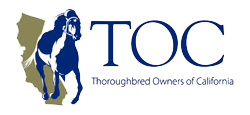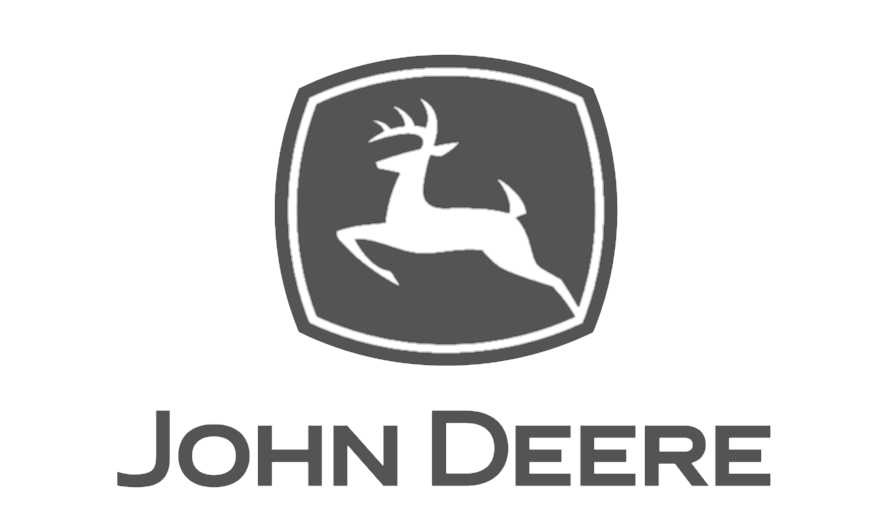- On-track
- Off-track at a Southern or Northern California satellite wagering facility
- Out of state
- By advance deposit wagering (ADW)
Who Gets What?

It’s one thing to know how much handle is generated from racing and quite another to understand how much of it can be considered “revenue” and to where it should be distributed.
For starters, “handle” refers to the total amount of money wagered. Bettors get back most of this money – roughly 80% – in the form of winning wagers, with the rest deducted or “taken out” for various racing and government interests.
The actual “takeout” deducted varies depending on the type of wager being made and whether it is a conventional (win, place and show) wager or exotic wager. It is distributed in accordance with California law among those with a vested interest in the business. This includes horsemen, racetracks, off-track wagering facilities, breeders, cities and counties where tracks are located, and equine and other charities.
In California, there are four places where bets are considered “made:”






